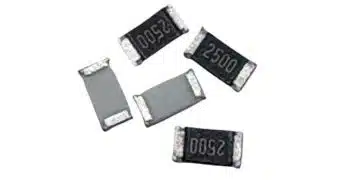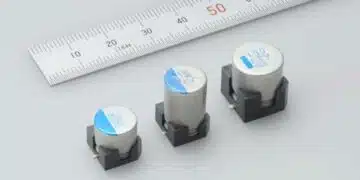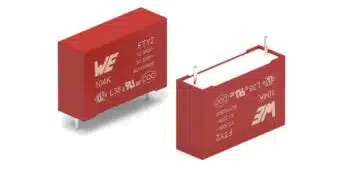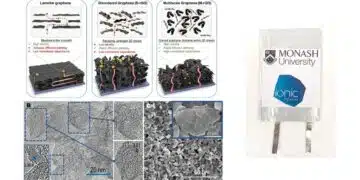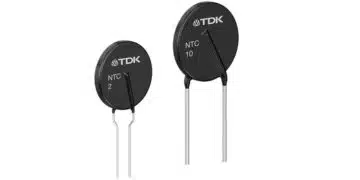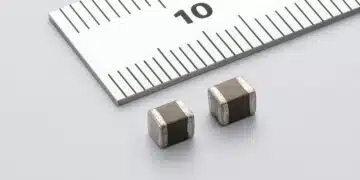The new Littelfuse 871 series fuse provides 150A and 200A current ratings in compact SMD form factor, simplifying designs and saving PCB space.
Littelfuse, Inc., an industrial technology manufacturing company empowering a sustainable, connected, and safer world, announced the launch of the 871 Series Ultra-High Amperage SMD Fuse.
This innovative new series supplements the 881 Series by offering 150A and 200A fuse high current ratings, a significant upgrade from the 881 Series’ 125A maximum rating. The 871 Fuse Series provides a single-fuse, surface-mounted solution for electronics designers, eliminating the need for parallel fusing configurations. View the video.
The 871 Series High-Current SMD Fuse is the first and only small-sized SMD fuse with ultra-high ratings of 150A and 200A, previously only available in much larger through-hole fuses. This advancement addresses the challenges of higher power requirements and limited fuse amperage ratings, offering a streamlined solution for modern electronic designs.
Product Features and Benefits:
- High Amperage Ratings: Available in 150A and 200A, meeting higher power requirements with a single fuse.
- Space-Saving Design: cProvides a smaller-sized fuse solution, saving PCB space compared to larger through-hole legacy fuses.
- Simplified Design: cEliminates the need for parallel fusing, reducing the number of components and simplifying the bill of materials (BOM).
- Optimized Efficiency:cEnables electronics engineers to optimize their designs for smaller, more space-efficient products.
“The 871 Series Fuse helps design teams simplify their processing and bill of materials by eliminating the need for two or more fuse components, reducing it down to just one fuse,” said Daniel Wang, Senior Director of Product Management. “Additionally, these SMD fuses save board space, allowing electronics engineers to optimize their designs further to be smaller and more space efficient.”
The 871 Series Fuse is ideally suited for high-power applications in various markets, including:
- Data Centers: Providing reliable protection for critical infrastructure.
- Network Infrastructure: Ensuring robust performance in demanding environments.
- Servers/Racks: Enhancing power management and efficiency in server and rack systems.
By offering a high amperage rating in a compact form factor, the 871 Series Fuse enables designers to meet their power requirements while reducing the number of components needed and the overall size of their end-product. This makes it an ideal solution for electronics engineers looking to simplify their designs and save valuable PCB space.
Availability
The 871 Series High-Current SMD Fuse is available in tape and reel format in quantities of 500. Sample requests are accepted through authorized Littelfuse distributors worldwide.




